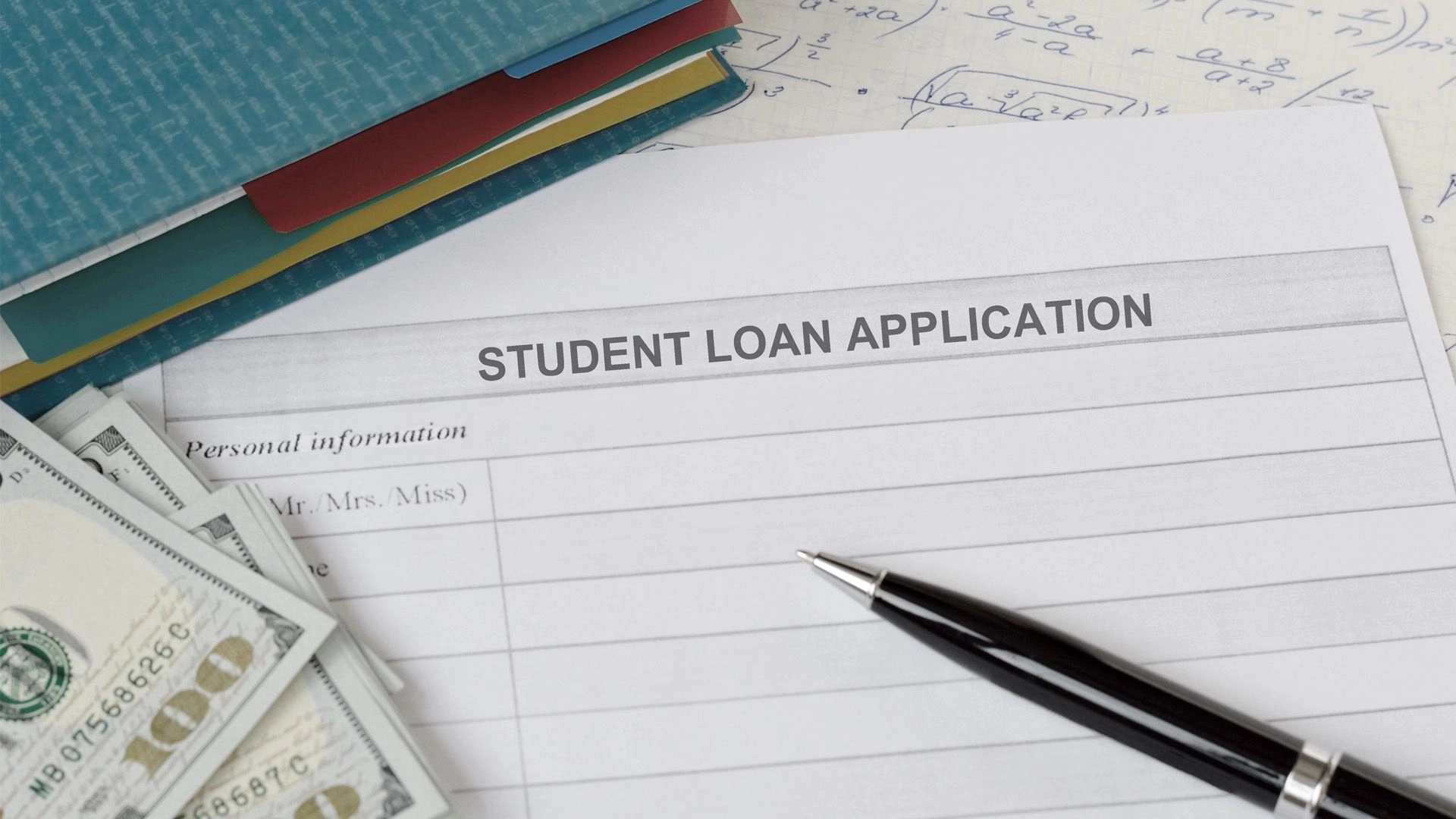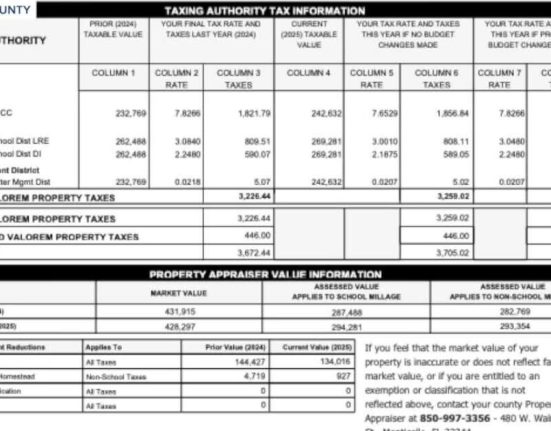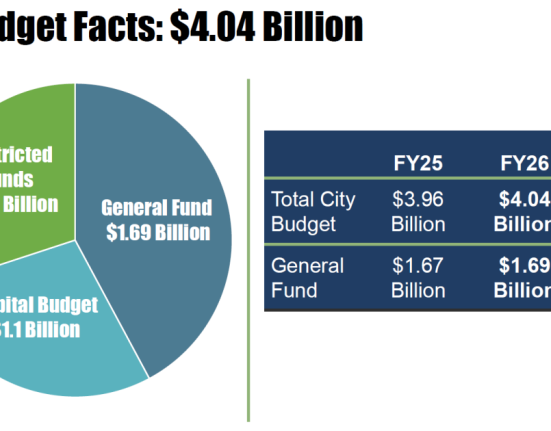Types of private student loans
Private lenders decide whether they will lend to graduate students or undergraduate students. For graduate loans, a private lender might ask about your intended degree. Some lenders specialize in certain types of loans, such as law school or MBA loans.
Each lender sets its own eligibility criteria, including the borrower’s credit history and the type of education the borrower plans to pursue.
How and when to apply for federal student loans
In general, experts suggest starting with federal student loans before turning to private student loans. The steps it takes to apply for federal student loans are fairly straightforward:
- Submit a completed Free Application for Federal Student Aid (Fafsa): To qualify for federal student aid, including loans, you must complete and submit the Fafsa. The Fafsa typically opens for the following academic year on October 1. So, to apply for funding during the 2026-2027 academic year, you would need to submit the Fafsa after it opens in October 2025.
- Check your state and school deadlines for the Fafsa: When making financial aid decisions, schools and states often have their own deadlines. The Fafsa deadline from the government is June 30 of the applicable academic year. So, June 30, 2026, is the final deadline for the 2025-2026 academic year. However, your state might have a different deadline for its financial aid programs. For example, Connecticut has a February 15 deadline for priority consideration, while Idaho’s deadline is March 1. Your Fafsa timeline should be based on state and school deadlines if you are in need of additional student aid besides federal loans and want to make the process as efficient as possible.
- Verify that your Fafsa information has been submitted to your preferred schools: The school determines your financial aid package, including loans, so double-check that you’ve chosen the correct schools on your Fafsa. Then, contact your preferred school’s financial aid office to confirm it received your information.
- Wait for the award letter: After schools make financial aid decisions, they provide award letters that outline the loan details. The timing for receiving your award letter varies by school and state, but you often receive it around the time you receive your admission letter. If you haven’t applied to the school, it likely won’t prepare a financial aid package for you. Make sure you’ve applied for the schools you listed on the Fafsa.
- Review the financial aid offer: Read the offer letter and decide whether to accept. Your financial aid offer includes grants, scholarships, work-study and federal student loans. You can accept all of the types of aid included or choose which to take. For example, you might accept a grant and work-study, but reject student loans. You can choose to accept a scholarship and student loans while not accepting work-study.
- Sign the promissory note: You’re required to sign the government’s promissory note before you receive the funds.
- Check your account for disbursement: Generally, the school receives student loan money directly. Loans are usually disbursed to your account near the beginning of each school term, and the money is used to pay tuition and fees. Anything left over can be passed on to you for other education expenses, such as living costs, books and equipment.
How to find private student loans
With the average cost of in-state tuition above $11,600, federal student loans aren’t likely to cover your costs. For a dependent undergraduate student, federal loans are capped at $5,500 for the first year. If you don’t have scholarships, grants and savings to fill that gap, you might consider applying for private student loans.
- Review your credit history: Check your credit report and score. Correct mistakes on your credit report and get an idea of whether you’re likely to qualify for private student loans based on your credit score and income.
- Get quotes from private student lenders: Many lenders provide a quote after performing a soft credit check. Compare interest rates and terms to find the best student loan lender for you.
- Consider a cosigner: If you don’t qualify for a student loan due to income or credit, or if you can’t get a good interest rate, see if an eligible cosigner helps. Check the cosigner release policies beforehand.
- Apply for and accept the loan: Once you decide on a lender, apply for the loan (along with an applicable cosigner). If approved, sign the paperwork and accept the loan.
- Watch for disbursement: Whether the lender cuts a check, deposits the money in your account or sends the money to your school depends on the lender’s policies. Find out how it provides the funds and make sure you receive them before the school term starts.
What factors should you consider before taking out a student loan?
Before getting a student loan, it’s important to understand the cost and impact to your finances and future goals. You pay interest on student loans, which increases your education costs.
- Will you be eligible for forgiveness? Depending on your career path, you might plan on taking advantage of a program like Public Service Loan Forgiveness. If you know the bulk of your loans will be forgiven after you meet the requirements, getting federal student loans might make sense.
- Can you access other student aid? Before taking student loans, consider whether you’re eligible for grants, scholarships and work-study. In addition to federal student aid, you might receive grants or scholarships from your state government, school or outside organizations. These types of aid don’t need to be repaid.
- Do you have money saved up for college? If you have savings or you’re working to help pay for college, you might not need to borrow as much. These resources can help you avoid taking on debt while you get your higher education.
- Are others willing to help? Relatives and others might be willing to help you cover your college costs. Parents might choose to borrow money using the federal Plus program or private loans. You might be able to get contributions from others to cover costs without resorting to loans.
Federal student loans come with various repayment plans, including some based on income, that can help you manage your debt. However, interest might still accrue, and later you might struggle to accomplish your financial goals due to your level of student loan debt.
However, fewer federal repayment plans will be available starting in 2026, with current borrowers required to switch to a different plan by July 1, 2028.
Some private student loans have hardship provisions, but you don’t get access to the same deferment, forbearance, income-driven repayment and forgiveness options that you would with federal student loans. Repaying private loans can be a burden if your income isn’t enough to budget for loan repayment.







